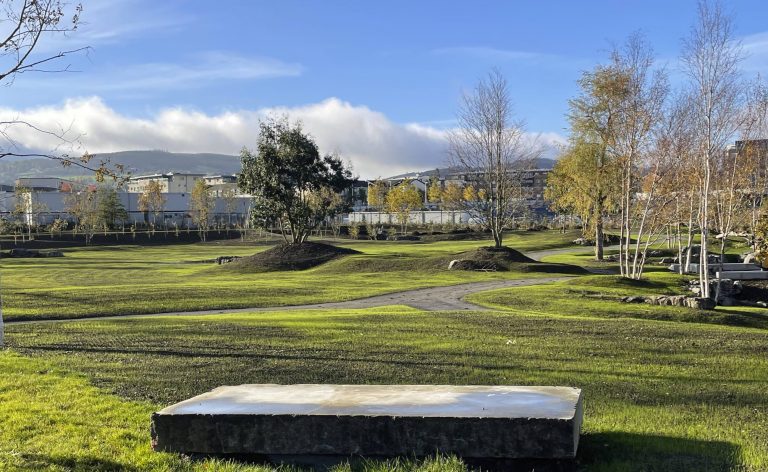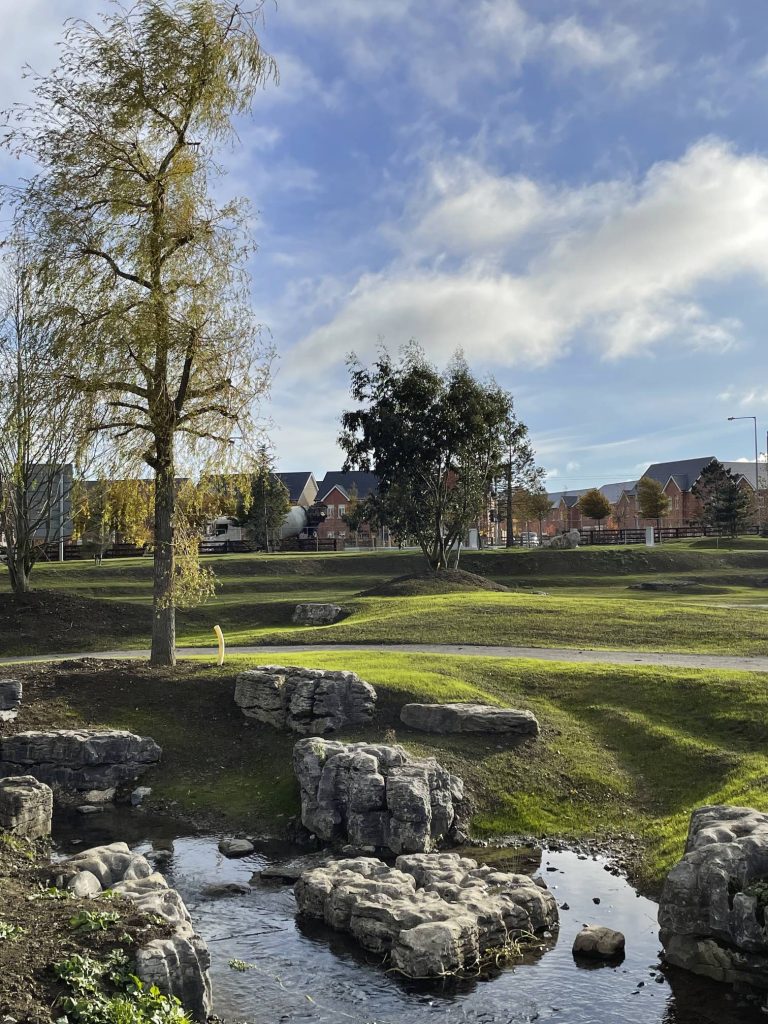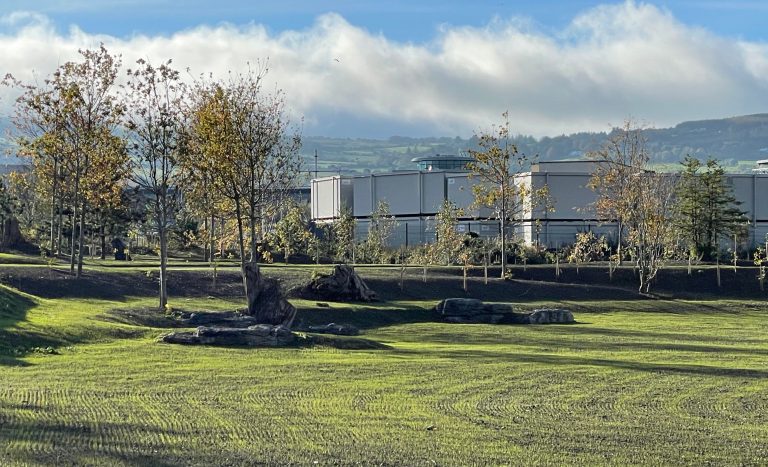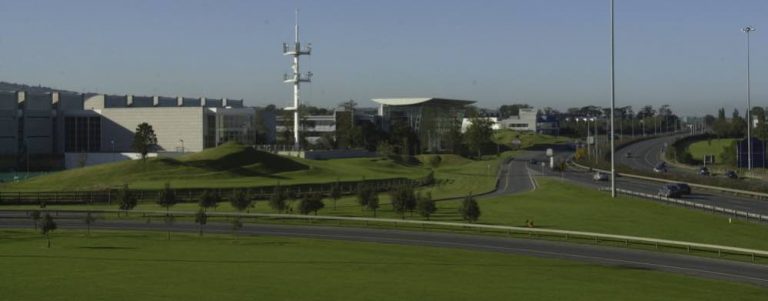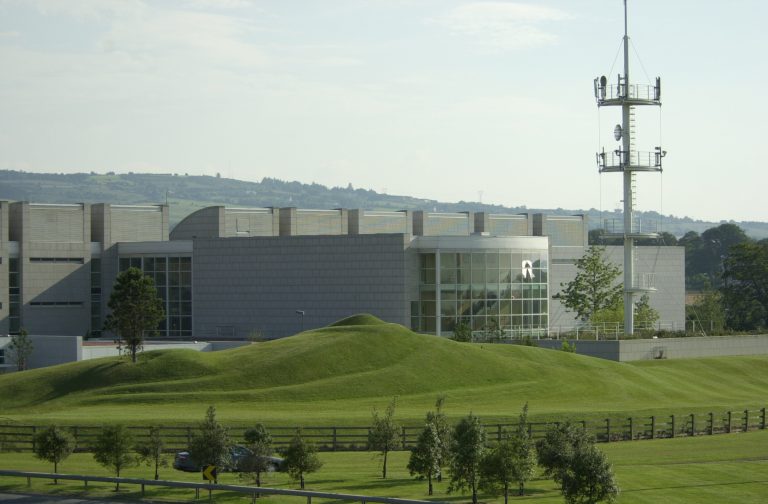Case Studies
Citywest Village Neighbourhood & Pocket Park
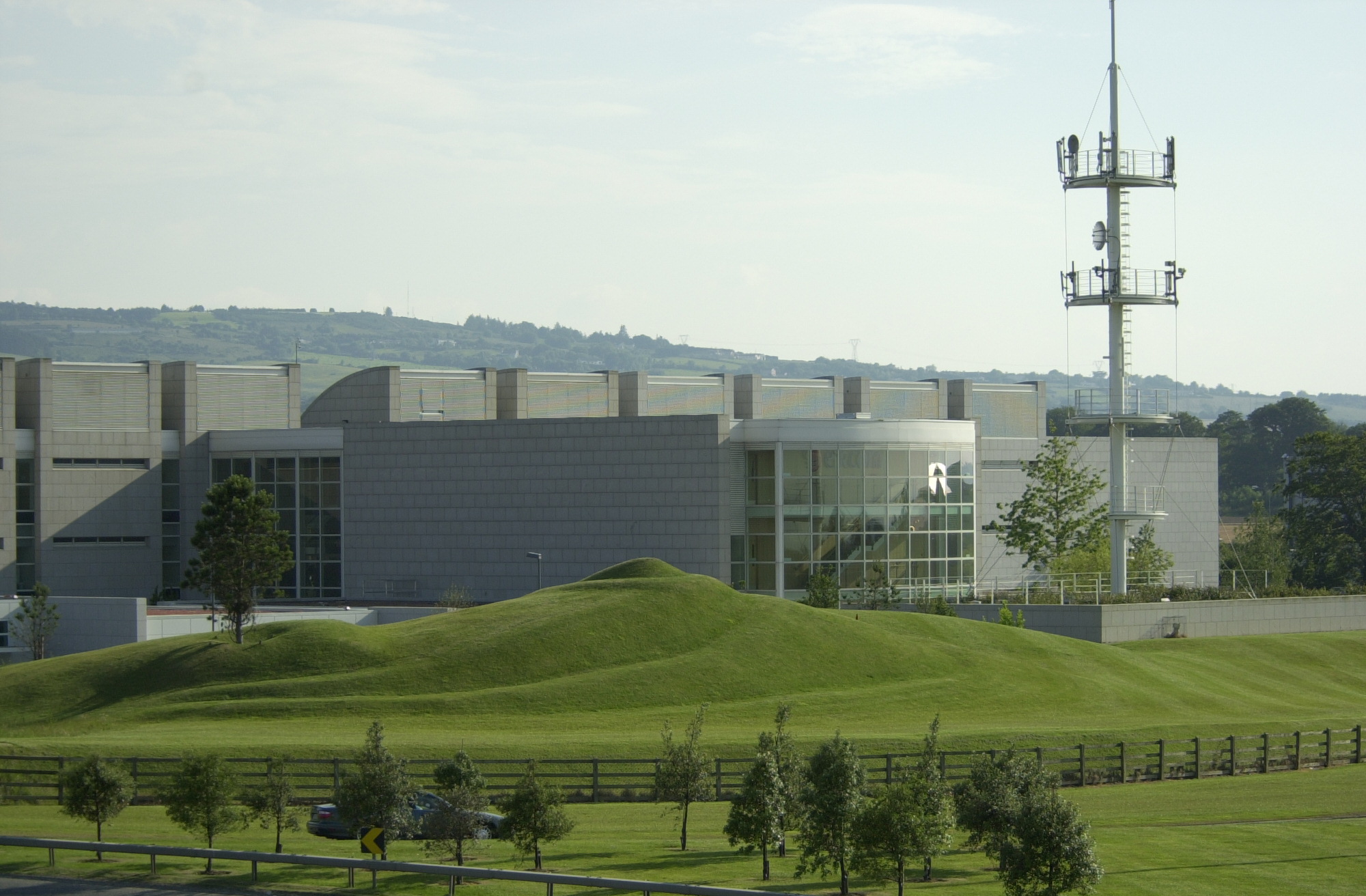
Ireland is a country of grass.
Grass is a far more effective storage of carbon, and its transfer into the soil, than woodland.
Some species of grass are more effective in capturing the carbon than others based on their root structure.
Trials over a 20+ year research and development programme by DLF in France have refined the cultivars that are most effective in sequestering carbon into the soil.
Citywest has a landscape dominated by grassland over the 350 acres of the Campus and has adopted this ‘Carbon Grass’ as its standard mix.
An added advantage of this ‘Carbon Grass’ mix is a sward that is drought resistant, and, after almost instant 100% establishment, requires on average 30% less grass cutting thereby reducing maintenance costs.
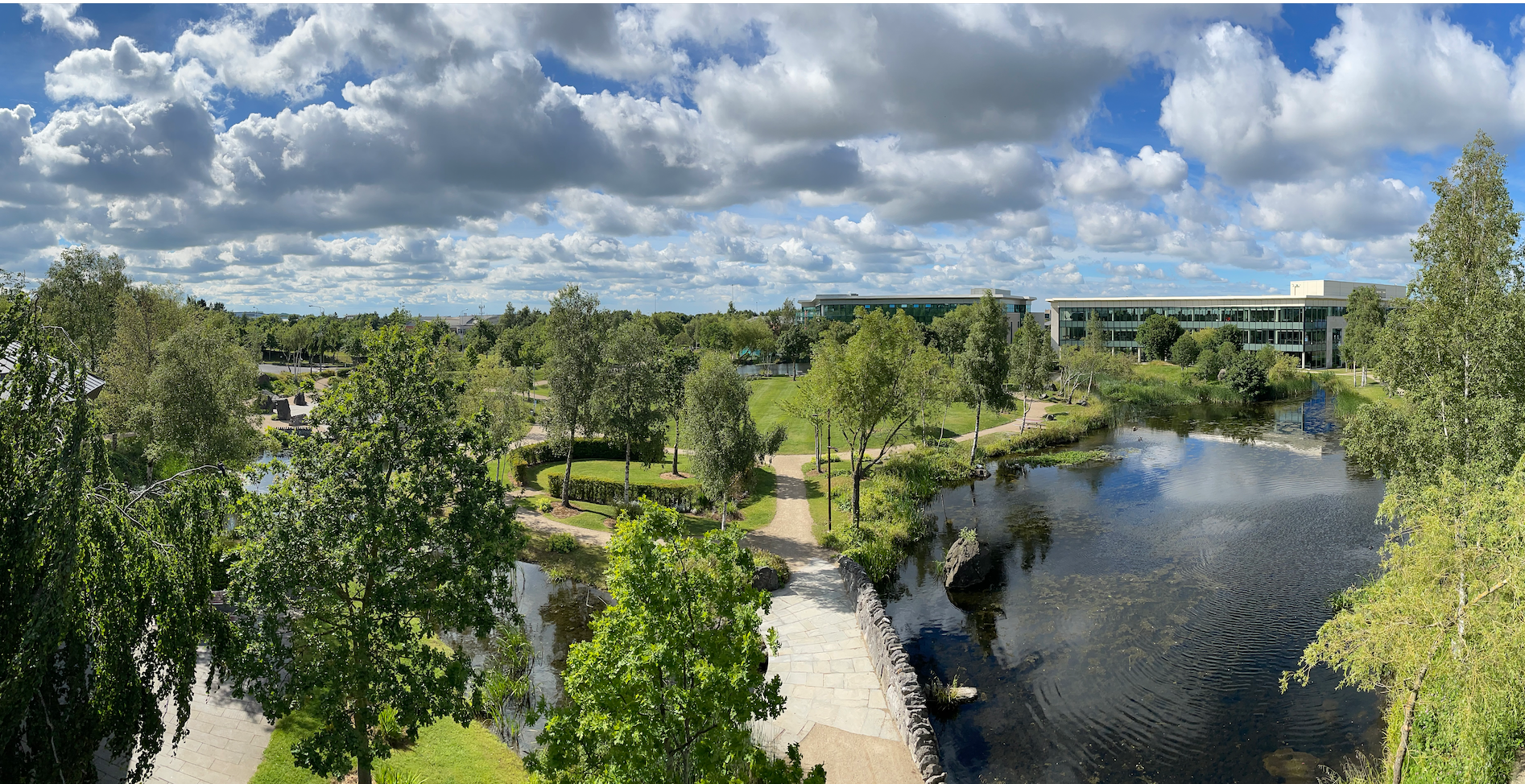
Citywest Business Campus is putting carbon back WHERE IT BELONGS. Carbon Sequestration - The Answer Lies in the Soil.
1,500 billion tonnes of carbon are stocked in soil organic matter, which is twice more carbon than atmospheric CO2. (Source: IPCC, 2013)
Carbon sequestration is the long-term storage of carbon in oceans, soils, vegetation and geological formations. Soil contains c.75% of the CARBON POOL on land.
In association with ‘Carbon Grass’ and ‘Sward Swap’, Citywest is in the process of increased sequestration of carbon into the soil.
‘Carbon Grass’ is the result of a 20+ year R&D programme by DLF, the worlds largest seed breeder, and represents a paradigm shift in the performance of amenity grass mixtures.
The deep-rooting characteristics of ‘Carbon Grass’, via selected cultivars, transfer 300% more atmospheric carbon sequestration into the soil sink than traditional seed mixes.
A hectare of Carbon Grass sequestrates 13 tonnes per Ha per annum of atmospheric carbon into the soil sink compared with a hectare of deciduous trees – 2 tonnes per Ha per annum.
Robert Donald BEng (Hons) CEnv MIAgrE – “Healthy soil, a living dynamic eco-system, is the foundation of life on earth. Soil is the world’s greatest terrestrial carbon sink and reservoir of water and plays a crucial role in regulating the climate. Reducing emissions is imperative but is not enough. Excessive atmospheric carbon needs to be drawn down to where it belongs, in the soil. The vast majority of carbon in the top layers of soil is in the organic matter. This soil organic matter can be 50% to 58% by dry weight, and some of it can remain stable in the soil for generations or centuries.
On land alone, the biosphere moves 10 times the carbon, and does 10 times the work of all fossil fuel burning. The hub of the terrestrial carbon cycle, containing more carbon than the atmosphere and forests combined, is soil organic matter (SOM).
Carbon Grass cultivars offers greatly efficient bio-sequestration (carbon storage) capabilities – performing 300 per cent more efficiently than traditional amenity grassland varieties.
Exceptionally deep-rooting cultivars assist in soil structure formation and aggregation, enhancing the soil’s capability to receive, store and infiltrate excessive rainfall.
As such, they align strongly with sustainable urban drainage systems (SUDS) initiatives and in turn, through their deep roots, contribute to the mechanical stability and longevity of urban greenspace areas.
One hectare of permanent perennial grassland has the annual capacity to sequester 13 tonnes of carbon within the soil, compared with one hectare of deciduous woodland that comparatively will sequester just two tonnes.”
Consultant Robert Donald; BEng(Hons) CEnv MIAgrE, Design Consultant to The Royal Parks, London, FIFA 2010 World Cup, Abu Dhabi, Polo pitches for HRH Sultan of Brunei, Original Chelsea Football Club Training Ground and Academy, Ascot Race Course 2004/2005 Ascot Redevelopment Programme, Olympic Park, London 2012 Olympics, Polo Ground at Windsor Great Park 2001, Home of the Cartier Cup, 2018 Pitch Advisor to Kingdom of Saudi Arabia.
As part of Citywest Business Campus drive for sustainability we using & monitoring levels of Carbon Sequestration by selected Carbon Grass mixes.
Trees and grasses, as with all other chlorophyll-based plants, use photosynthesis to convert CO2 into organic compounds using sunlight.
In trees, the carbon is locked in the trunks as lignin with a ratio of 75:25 above-ground’ to ‘below-ground’ biomass for hardwoods, 80:20 for conifers; whereas in grasses the woody parts of the plants are the fibrous roots, underground and invisible.
Grass captures the carbon (mostly in the roots) and the soil stocks it.
Denser, deeper, faster growing grass root systems will produce more organic matter and hence more carbon.
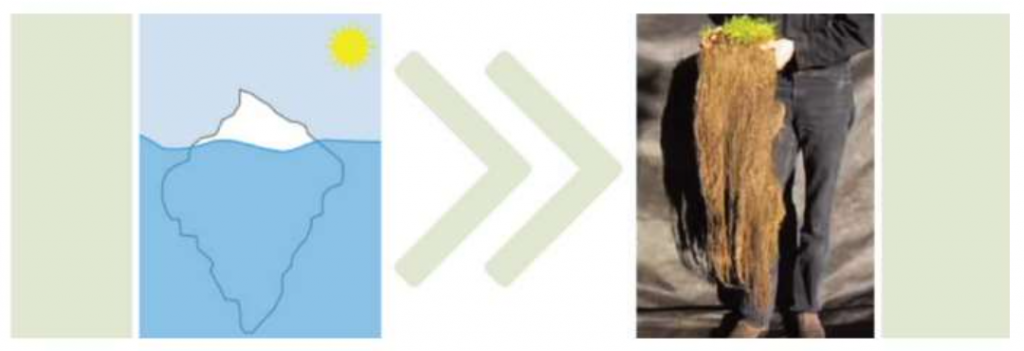
Like an iceberg – the biomass visible above ground is increased by a factor of 4 for the biomass (roots) evident in the earth.
Hugely efficient bio-sequestration (carbon storage) capabilities – performing on average 300 percent more efficiently than traditional amenity grassland varieties.
Exceptionally deep-rooting cultivars assist soil structure formation and aggregation, enhancing the soil’s capability to receive, store & infiltrate excessive rainfall.
Case Study - Torbay Council
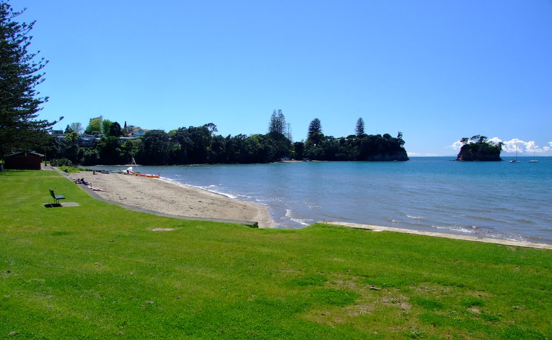
More than 95% of the grass needs only 3 or 4 cuts a year as opposed to 7 or 8 previously. We live in an era of ever decreasing budgets so the number of times you can cut the highways is reducing.
By looking at specific cultivars and putting some of the new low maintenance grasses in a place you can not only reduce the number of cuts but also maintain a far better visual effect.
Basically you have to invest short-term to save long-term."
